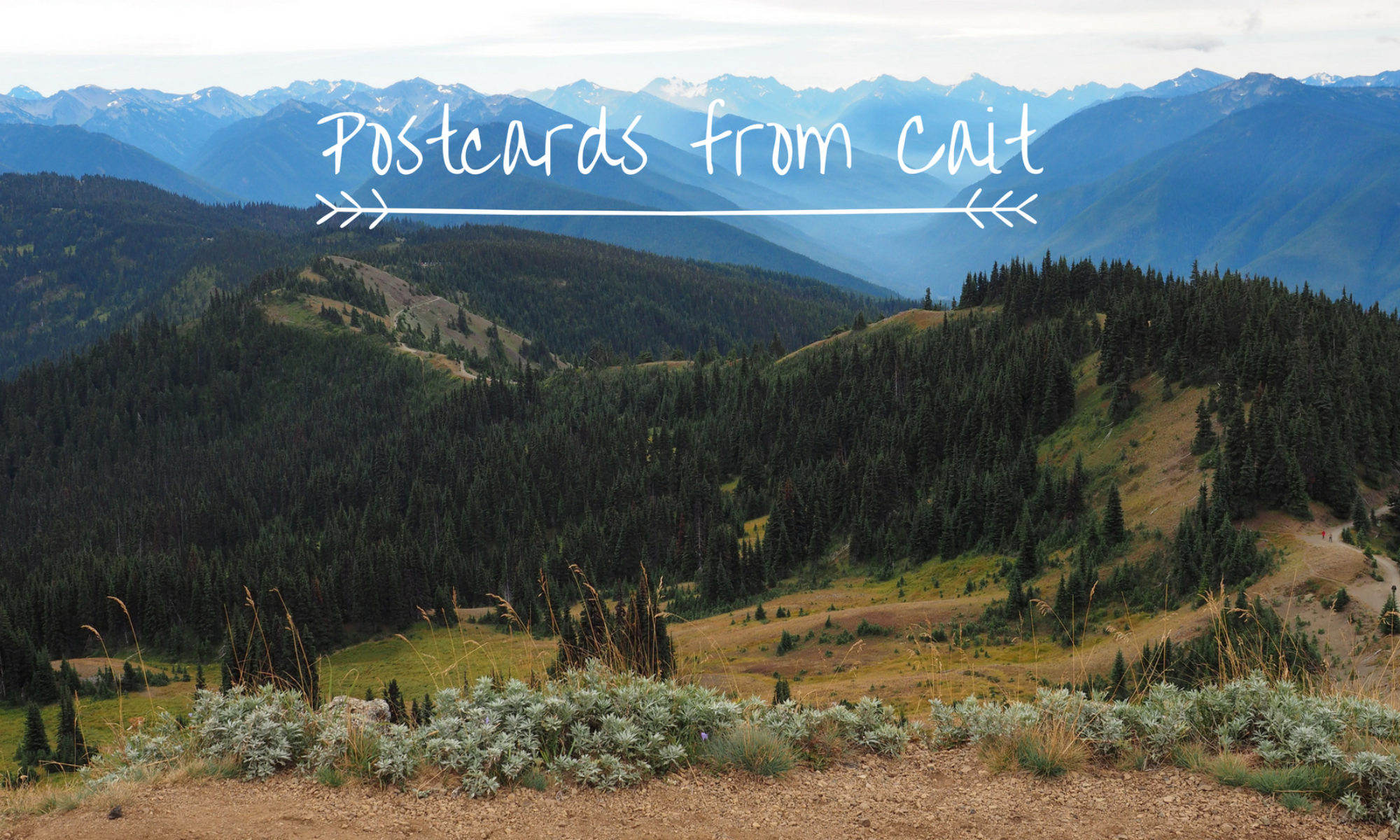A visit to one of the US National Parks makes for a great trip for all levels of adventure. Below are some tips to help you plan the perfect trip, whether it’s a day or a week, and see the best that the parks have to offer in a safe and enjoyable way.
Planning a trip to a National Park? Pin it for later!

Do your research.
Of course there’s the research to pick the park(s) that you want to visit, but even after you’ve made the choice, there’s plenty more research to be done. First, make sure you know the best time of year to go, and know that this may not necessarily be peak season. The shoulder season can be a great time to visit many of the national parks. For most of the parks, May and September offer great weather with fewer crowds.
No matter what national park you go to, it’s impossible to see everything that the park has to offer in one visit. Choosing what sites you want to see and what hikes or excursions you want to do can be the most exciting, but also the most difficult part of planning a trip to a national park. Look into all the possible activities and excursions before settling on an itinerary.

Plan, plan, and plan.
There are a few reasons why planning is so important when exploring the national parks. First, some of the parks get crowded during their peak months and may require booking up to a year in advance. Also, whether you are doing one park or multiple parks, the trip will definitely require a lot of driving. If you don’t plan your route carefully, you could end up spending more time in the car than exploring.
For these reasons, choosing where to stay is an important decision when planning a trip to a national park and there are a lot of factors to consider. You can camp, stay at a lodge in the park, or stay outside of the park boundaries. Each option comes with pros and cons. Make sure to take into consideration how much driving you will have to do. Sometimes it’s worth it to spend the extra money to stay inside the park.

Be flexible.
This might seem contradictory to all the planning and research, but when dealing with mother nature it’s best to just expect the unexpected. Unexpected road closures or unpredictable weather are almost always a possibility so allow enough time and/or flexibility in your itinerary to account for things like this. Enjoy the moment and be okay with it when things aren’t going exactly according to plan.
You also don’t want to be so stuck to a schedule that you don’t enjoy the moments along the way. Remember, it’s about the journey, not the destination. Some of my favorite moments on trips were not part of my itinerary, like swimming under a waterfall or stopping what you’re doing to view wildlife. Don’t let your tight schedule keep you from doing these types of things. They can end up being the highlight of your trip. Be spontaneous and step outside of your comfort zone, whether that means camping in the backcountry or hiking to a summit.
Be prepared.
Pack smart and pack light. Too much luggage will end up just being a burden, especially if you are not staying at the same spot for the whole trip. Make sure you have all the right gear. This will vary depending on what park you’re visiting and what activities you’re doing, but layers, a good pair of hiking boots, and a backpack are likely necessary no matter which park you’re traveling to. Food and water may seem like an obvious necessity, but once in the park, the nearest grocery store or restaurant can be hours away. Stock up on snacks and water before you head to the park. Just remember to take out what you took in and leave no trace!
Fill up your gas tank before entering the park. Always keep an eye on your tank and make sure you know where the nearest gas stations are.When you get to the park, check in at the visitors center to make sure you’re up to date on weather forecast, road closures, etc.

Turn off your technology.
Of course you’ll need your phone for things like GPS (just make sure the maps you need are downloaded), getting the latest info, taking pictures, etc. But remember you are here to connect with nature. Wifi is usually pretty spotty anyway in most national parks, so it’s best to just keep your phone on airplane mode and only use it when it’s necessary. It’s surprisingly refreshing to unplug from the world for a few days. And, yes sometimes this even includes your camera. Of course you are going to want to take a ton of pictures and document your adventure, but just don’t forget to actually take it all in with your own eyes and not just through a camera lens.

